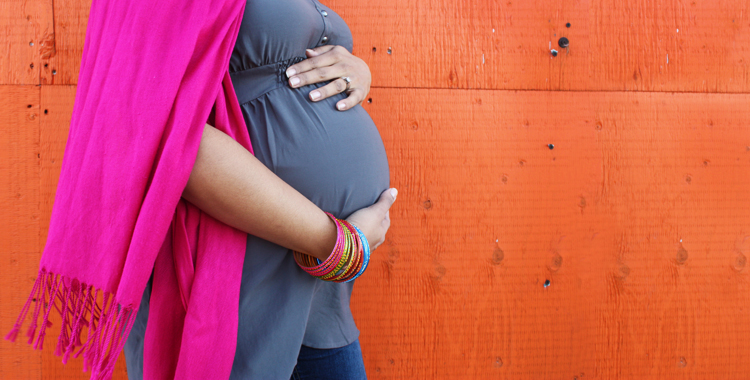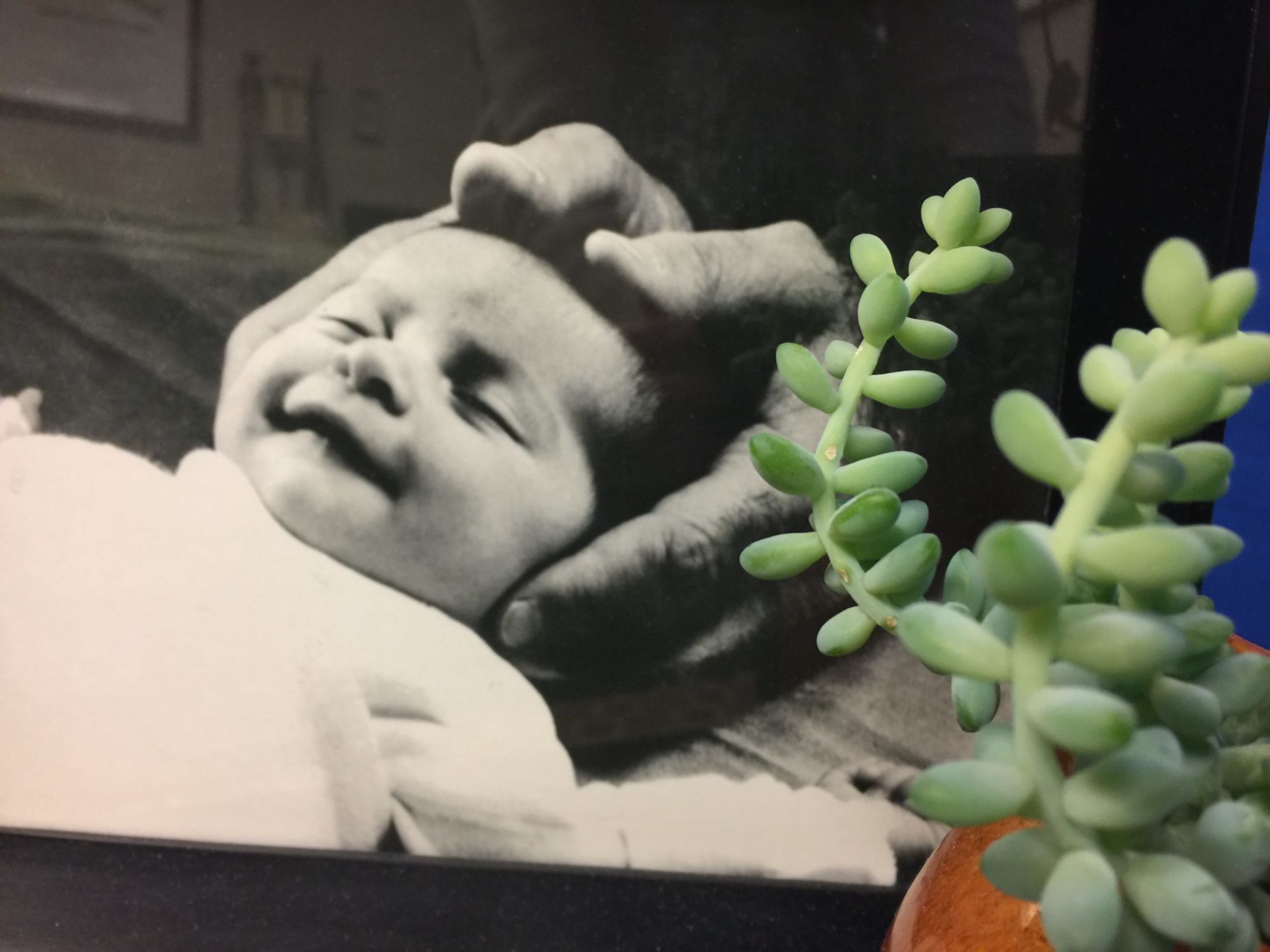Osteopathic Manipulative Treatment (OMT)
When it comes to low-risk interventions with broad application, it's hard to compete with osteopathic manipulative treatment. OMT is gentle, typically painless, and can be used on almost any part of the body. For these reasons, it's a great place to start when a problem isn't going away on its own.
No two osteopaths practice in exactly the same way. You could imagine a spectrum ranging from the abrupt, joint-popping adjustments typically associated with chiropractic, all the way to the barely perceptible forces applied in cranial osteopathy. Nearer to the middle of this spectrum you will find sub-modalities called Muscle Energy Technique, Direct and Indirect Myofascial Release and various approaches applied to support and increase lymphatic drainage. The best osteopaths can practice anywhere in this spectrum as the need arises, but they invariably have a favorite place or places within it.
It is worth mentioning that visionary DOs in practice for more than a century have laid the foundations for all the major parts of this spectrum. This unbroken lineage of personal mentorship predates chiropractic; David Palmer, inventor of chiropractic, was a student of A.T. Still, the founder of osteopathy. John Upledger, DO was distanced for rebranding Osteopathy in the Cranial Field and teaching it to massage therapists and Craniosacral Therapy.
While their manual medicine preferences may differ, all osteopaths are rooted in the same osteopathic foundation. The osteopathic philosophy embraces the idea of the unity of structure and function through four main principles.
-
The body is a unit, and the person represents a combination of body, mind and spirit.
-
The body is capable of self-regulation, self-healing and health maintenance.
-
Structure and function are reciprocally interrelated.
-
Rational treatment is based on an understanding of these principles: body unity, self-regulation, and the interrelationship of structure and function.
Dr. Lyndsay Naylor offers Osteopathic Manipulation at both offices. Dr. Josh Krembs works in the Louisville office only and Dr. Shawn Naylor works in the Denver office only.
Cranial Osteopathy and Biodynamic Osteopathy
Cranial Osteopathy: Using just their hands, osteopaths are trained to assess the flow of cerebrospinal fluid and other bodily fluids to determine if there is a restriction of its movement caused by injury or disease. Through the precise application of gentle pressure, they can normalize the flow of fluid throughout the body to assist in the delivery of nutrients and the removal of waste products. This restricted flow can be treated anywhere it is found in the body, often resulting in a state of deep relaxation and the release of tension on a cellular level.
Biodynamic Osteopathy: About 30 years ago, a talented osteopath named James Jealous found himself unsatisfied with the constructs that were being used by his peers to describe their experience treating on the subtle end of the osteopathic spectrum. He dove into the study of embryologic growth, specifically the bioelectric field that surrounds the developing fetus. Emerging research was beginning to show that this field was not only a fundamental determinant of normal development but also a literal healing force at all life stages. By aligning with this inherent intelligence, osteopaths trained by Dr. Jealous can help create the conditions necessary for recovery from even complex and longstanding problems.
Commonly Treated Conditions
-
Acute and chronic “pain syndromes” including thoracic outlet syndrome and brachial plexus injury/dysfunction
-
Fibromyalgia / Chronic Fatigue
-
Migraine, tension and sinus headaches
-
Post-surgical soft tissue pain
-
Idiopathic edema and lymphatic dysfunction following injury
-
Carpal Tunnel Syndrome
-
Lasting effects of Closed-Head Injuries
-
Muscle, tendon or ligament strains
-
Structural and soft-tissue effects of motor vehicle accidents, sports injuries or other traumatic events
-
Reflex Sympathetic Dystrophy (RSD)/Complex Regional Pain Syndrome Entrapment neuropathies
-
Chronic or acute neck and back pain
-
Sacroiliac and sciatic pain
-
Plantar Fasciitis
-
TMJ (jaw joint dysfunction)

In Women
- Pregnancy-related musculoskeletal pain including back and pelvic pain and sciatica
- Systemic pregnancy-related symptoms that may have a structural component, including nausea, headaches, constipation, exhaustion, anxiety and sleeplessness
- Post-Mastectomy Edema

In Children
- Birth Trauma (often involving either a very long or very short labor) which may cause and/or contribute to difficulty nursing, reflux, colic, fussiness, asymmetry of the cranium, torticollis and shoulder dystocia
- Childhood medical issues which can have structural associations, such as recurrent otitis media, food sensitivities, asthma, allergies, vaccine reactions, poor growth, anxiety, ADHD, behavioral issues and sleeplessness.
Regenerative Medicine
When it comes to getting medicine right to the place where it's needed most, there's nothing quite like a needle. Terminology is a moving target here, but Regenerative Medicine seems to be the best umbrella term right now for injection-based interventions.
Needles are thought to have been used to heal soft tissue injuries in ancient Greece, but modern applications should probably be traced back to the sclerotherapy doctors of the early 20th Century. When microscope studies proved that the injections they performed were triggering the proliferation of normal tissue instead of creating scar tissue, they started calling it prolotherapy. We still like this term but it seems to be falling out of favor. Dubious forces and a flawed study conspired to keep it out of the mainstream, but it's making a comeback under different names like dry needling, prolozone, platelet-rich plasma (PRP) injections and injectable stem cell therapy.
Dr. Shawn Naylor also uses Neural Therapy, a little-known but often miraculous injection modality that is used primarily in the German-speaking countries of Europe. Having worked studies and used all of these techniques, Dr. Naylor feels that the distinctions between them begin to feel arbitrary. He uses about the same solution whether he's doing Neuraltherapy, prolozone or trigger point therapy. He's not convinced that (PRP) works better than prolozone, so he only offers the latter. Stem cell injections are also offered at low rates for those who's knee arthritis fails to respond to less expensive alternatives.
All Prolozone, Neural Therapy and Stem Cell Therapies are offered by Shawn Naylor, DO in the Denver office.
Lyndsay Naylor, DO and Josh Krembs, DO also perform common conventional steroid joint injections and trigger point injections.